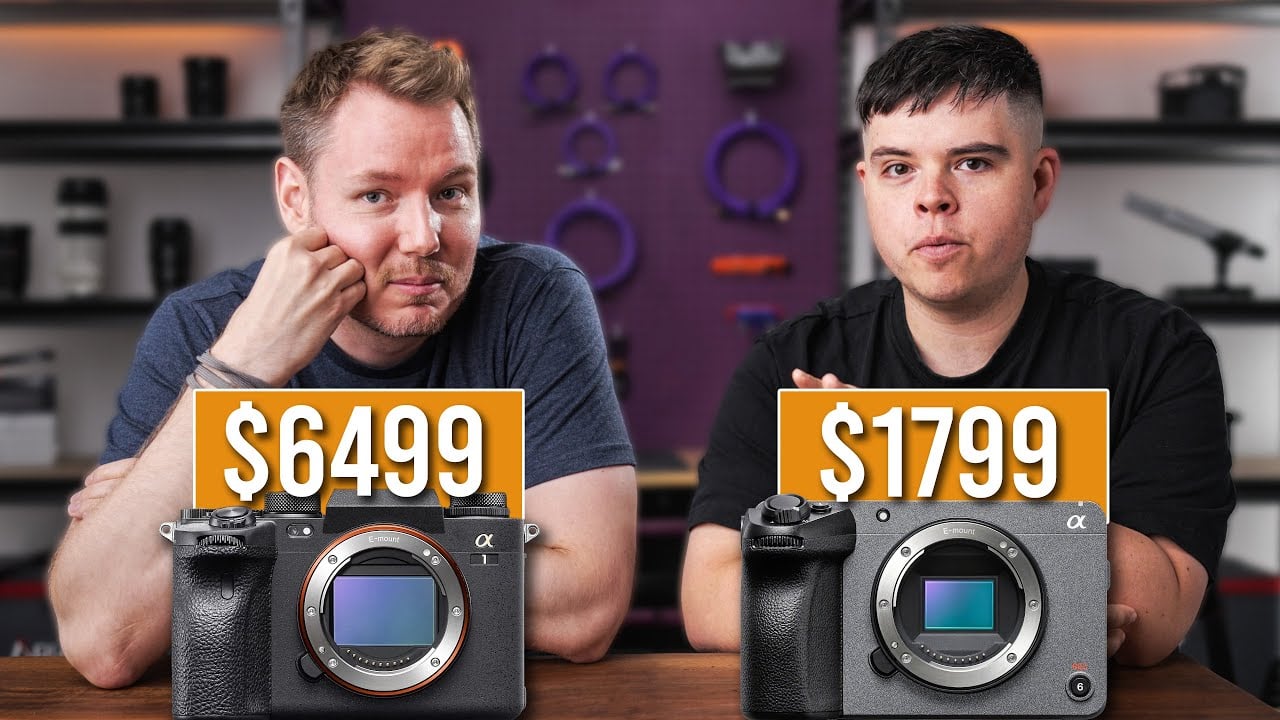
The battle for megapixels and top-of-the-line specs can be blinding in the camera world. But is a more expensive solution always better? In his recent video, Gerald Undone discusses Sony a1 and Sony FX30 with Patrick, revealing why sometimes a cheaper camera can outperform its much pricier cousin.
The Sony a1 boasts a full-frame sensor, translating to exceptional image quality. It captures more light and detail, ideal for low-light situations. This camera is a powerhouse for photographers and videographers alike.
However, Gerald concludes that a1’s IBIS isn’t quite there yet when it comes to video stabilization. In “standard” mode, you’ll get a natural shake, and “active” mode, while smoother, can introduce unwanted artifacts and rotational issues.
This leads us to the four-times-cheaper Sony FX30. As it turns out, it packs a surprising punch. Despite its APS-C sensor, it delivers fantastic video quality. But the true star of the show is its IBIS. It’s remarkably good, even surpassing other Sony cameras. Whether in “standard” mode for a natural look or “active” mode for extra smoothness, the FX30 delivers stable footage without the jitters or weird effects.
So, why choose the cheaper camera?
As I mentioned, the FX30 costs considerably less than the Sony a1: we’re talking $1.600 vs. $6500. And for videography, especially handheld work, the FX30’s stabilization can be a game-changer. No matter how beautiful the image quality, shaky footage is a viewing nightmare. Gerald concludes that the FX30 allows you to capture smooth, professional-looking videos without needing gimbals or extensive post-production editing.
This isn’t to say the a1 isn’t a fantastic camera. But for videographers on a budget who prioritize stable footage, the FX30 is definitely a compelling option. It offers excellent image quality, exceptional stabilization, and a lighter, more portable body. Remember, the best camera is the one that helps you achieve your creative vision – and sometimes, that means prioritizing features over pure megapixel power.






